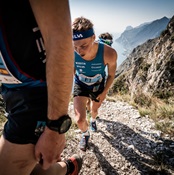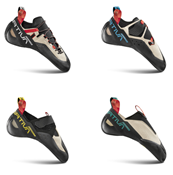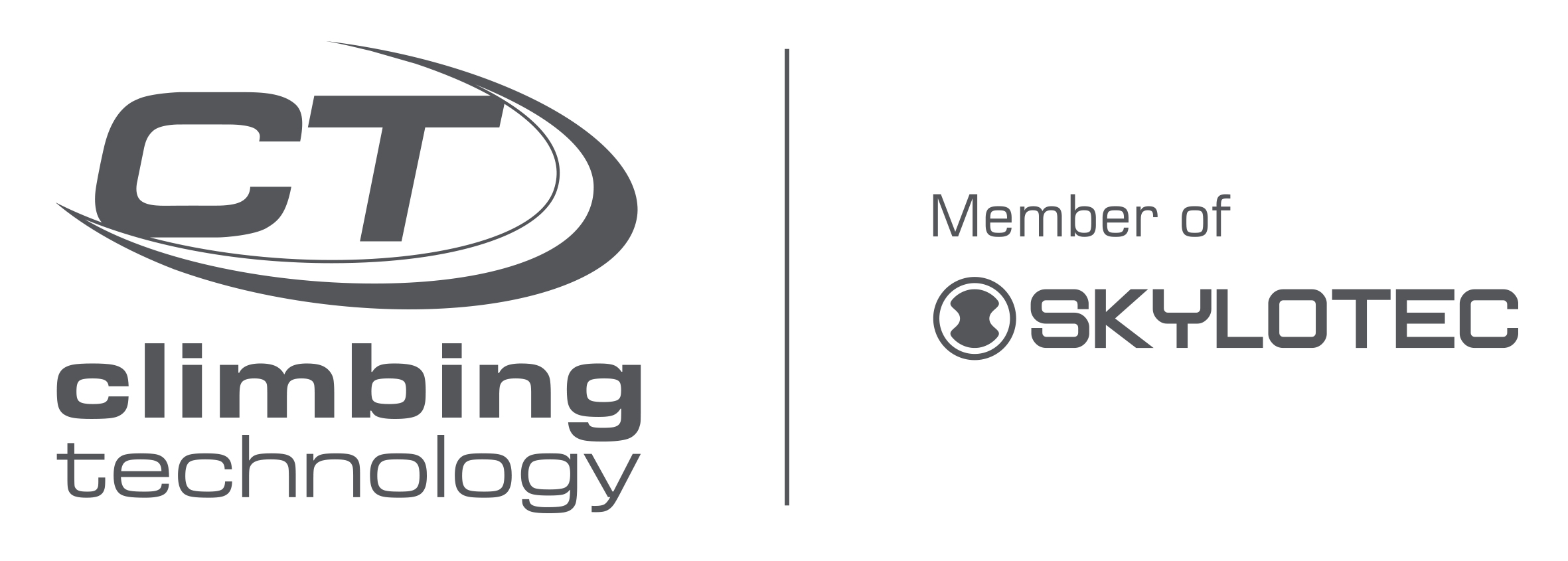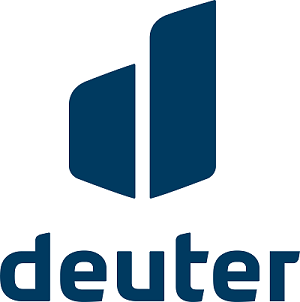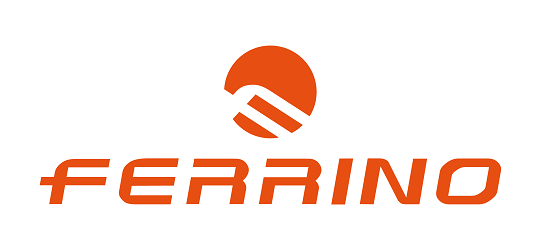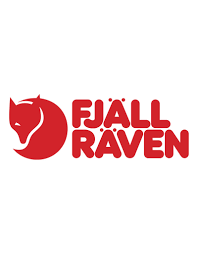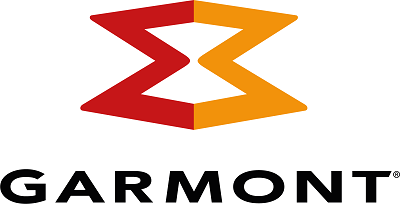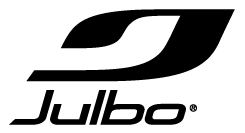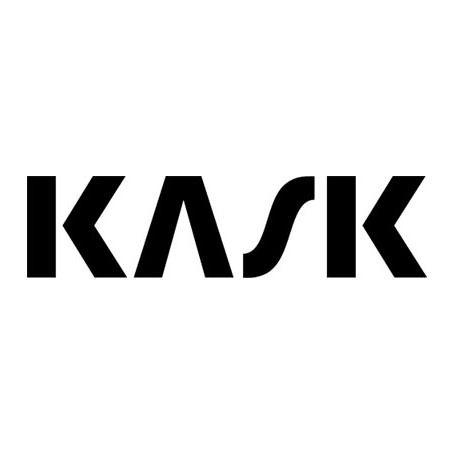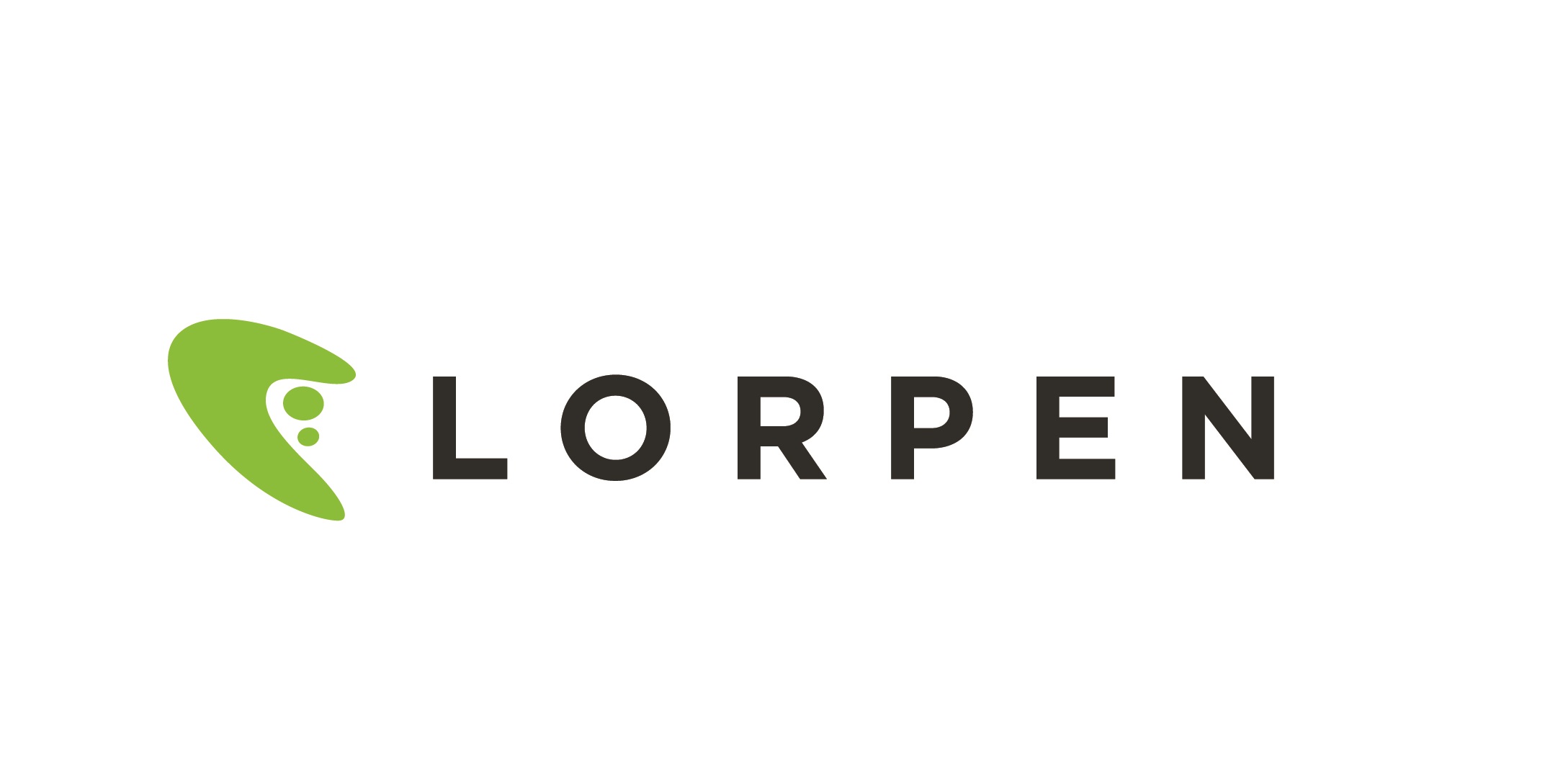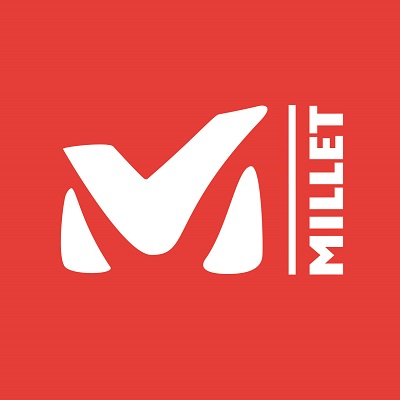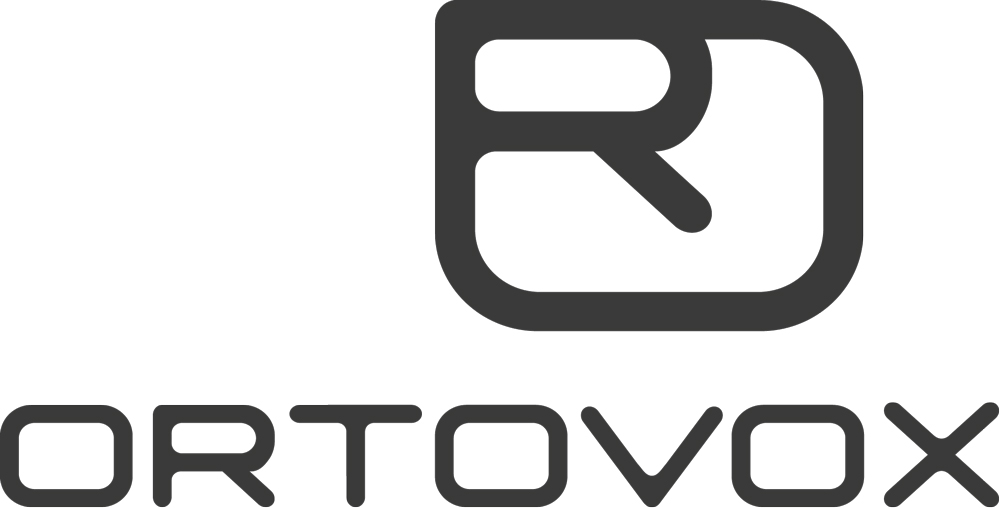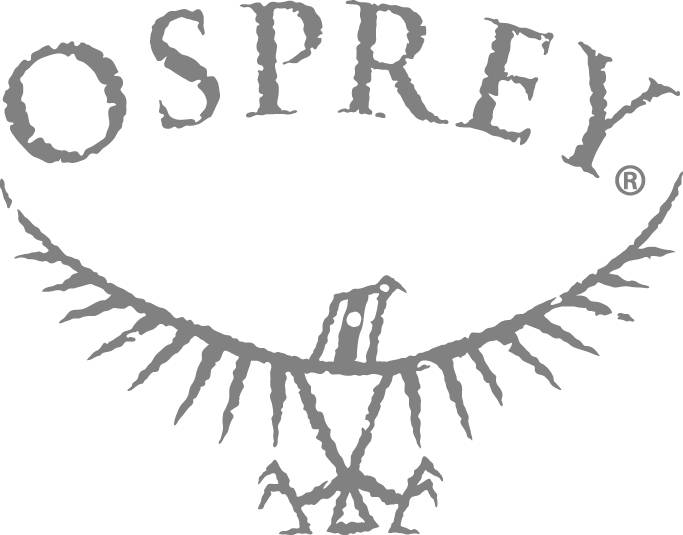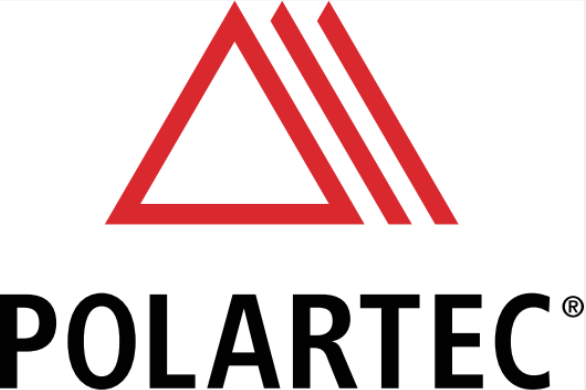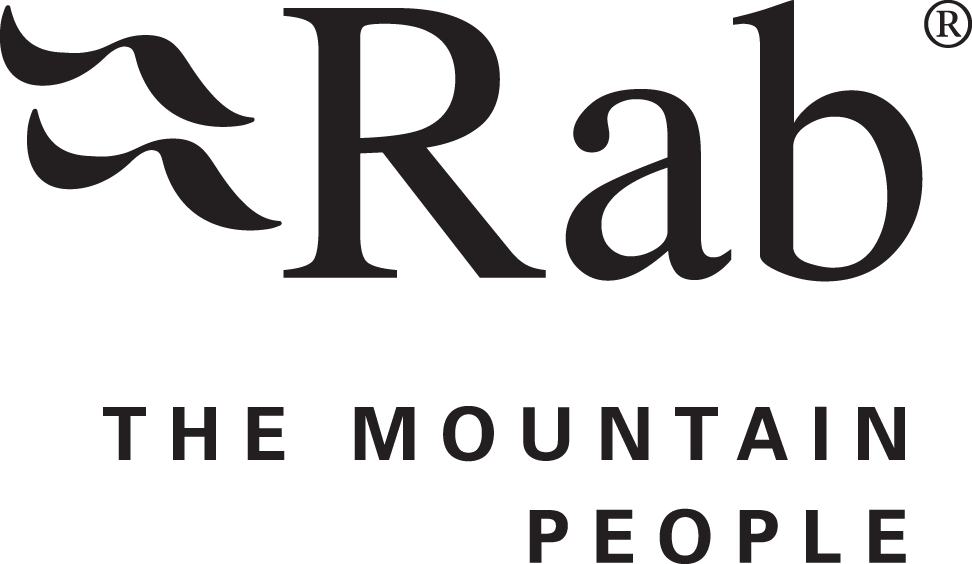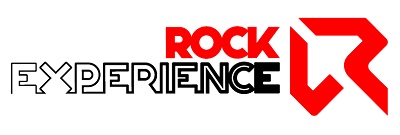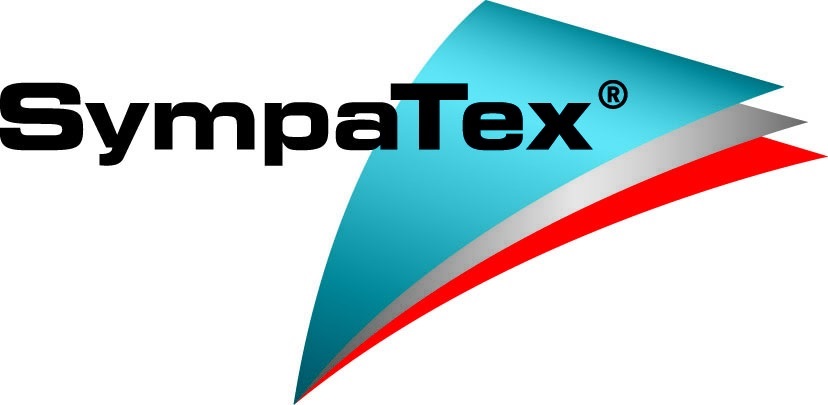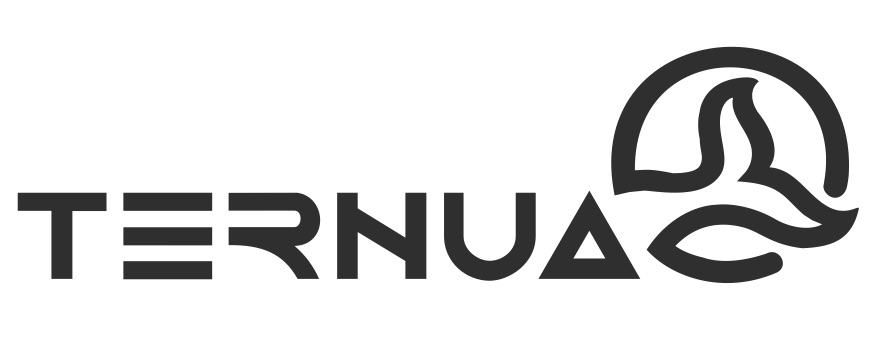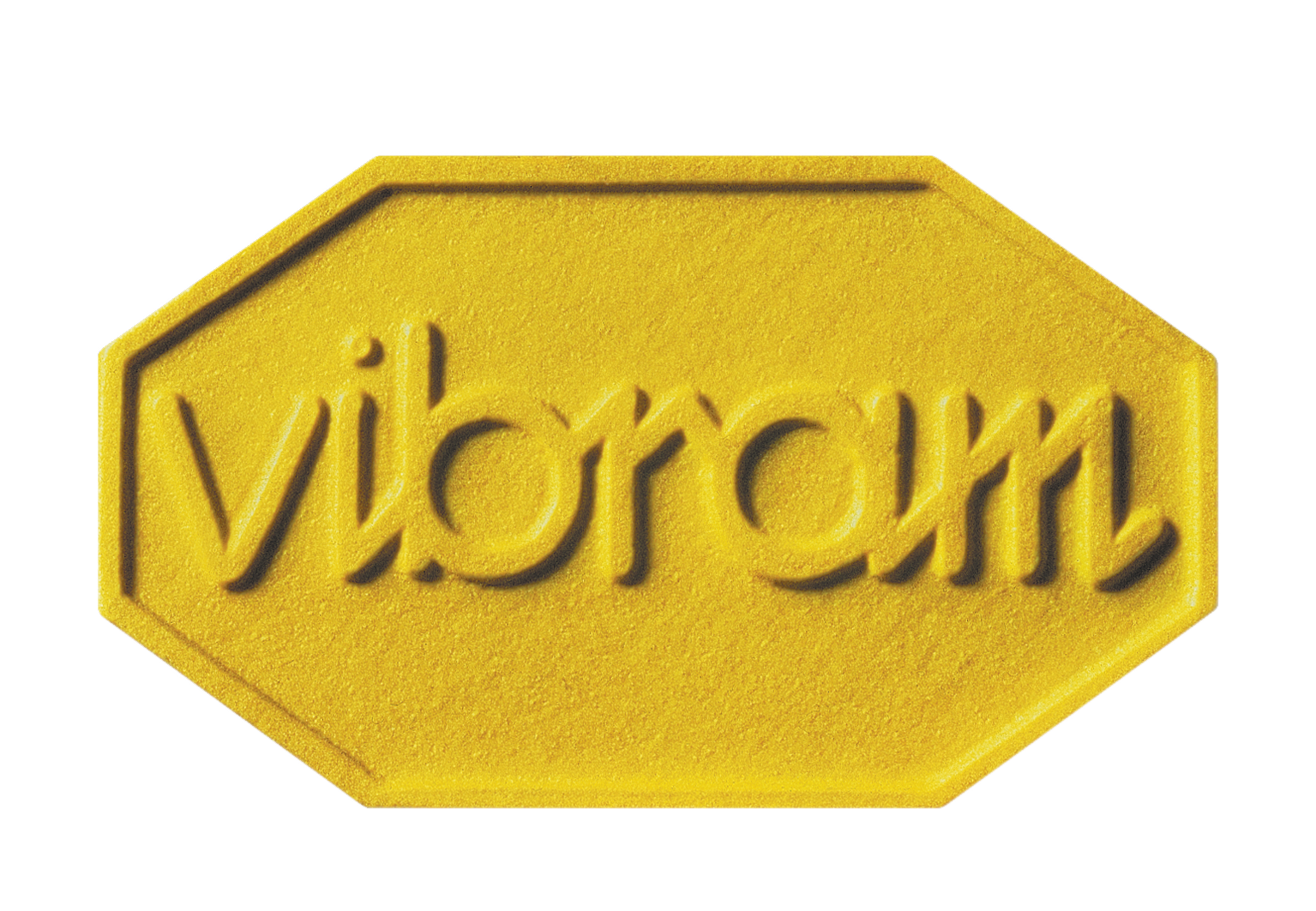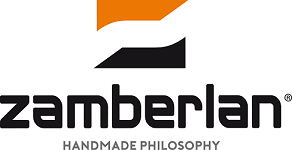
The health policy initiated by ITRA is run in collaboration with the association Athletes For Transparency and the Ultra Sports Science Foundation; the three bodies work together to develop the four components of the ITRA health policy, namely:
- the Quartz program
- safety (runner, trail courses…)
- medical research
- novice runner education.
Focus on the Quartz program
The origin of the program. The Quartz program offers remote health monitoring throughout the year, at no cost to the athlete. It aims to protect the health of runners and to contribute to a doping-free sport. When the program was first set up in 2016, it was for elite runners only. The initial experimental phase involved 8 high-level athletes, each of whom had volunteered to be monitored by the ITRA Health Commission for a period of one year, testing being carried out between two and six times over this period. This year-long monitoring, allowed the doctors of the Health Commission to identify and treat medical conditions in the case of a number of runners. The Brazilian athlete, Fernanda Maciel withdrew from the UTMB® in 2016 as a result of a diagnosis made by the doctors of the ITRA Health Commission.
The program today
Unique and innovative, the Quartz program has continued to evolve over the past year and all the trail-running players can now participate in improved health monitoring for runners. Race organizers, runners, sports brands, and an international race circuit are all taking action to protect the athletes and our sport! In particular, the Quartz program now encompasses a three-pronged strategy: Quartz Regular / Quartz Elites / Quartz Events.
Quartz Regular
Any runner can take part in the Quartz Regular program, regardless of their level, which operates on a voluntary basis. Quartz Regular is free and is easy to use; information relating to the runner’s health can be entered on a dedicated platform (SHOL: Sports and Health On Line), which can be accessed via the runner’s “health” space from his ITRA account.
What information should the runner enter? Information to be entered may include medications taken daily or regularly and daily or regular treatments, or severe allergies or serious conditions. Recent test results can also be entered on the platform and the runner’s medical certificate can be saved. All the information remains private and cannot be accessed by ITRA. A runner may also choose to make his health information public; the triathlete Cédric Fleureton, for whom transparency on the part of the athlete is primordial to healthy competition in his sport, has been doing so for years.
How is the information used? This essential health information is readily available to the medical teams in attendance at races, thereby facilitating more effective treatment. On the day of a race, anything can happen. Should a runner have a medical problem during a race, the health information provided can be consulted by the attendant medical teams who are then rapidly able to identify the runner’s profile prior to treatment, and any medications given can be entered in the runner’s health space.
Quartz Elites
The program for elite runners offers the same service, namely monitoring the runners’ health throughout the year. However, for elite runners, the training load as well as the number of competitions each year are high and may give rise to an increased risk of physical problems.
The Quartz Elite program therefore specifically requires regular testing and biological analyses to be carried out throughout the year, wherever the athlete may currently be based. The required analyses can be carried out at the nearest laboratory whether a runner is at home or is travelling for training or to compete. For this, it is essential that runners participating in the program regularly update their current location via the SHOL platform.
The elite runners, like the regular runners, must undertake to post all their health information, including any food supplements potentially used.
What is a TUE? Should a runner be ill and a doctor prescribe the use of medications that are prohibited, the runner must provide a Therapeutic Use Exemptions before the race. This TUE must appear on the runner’s SHOL health space. For further information regarding TUEs, see this page.
Quartz Events In 2017, the program attracted a number of race organizers who volunteered to participate in the development of the health policy. The Ultra-Trail® World Tour (the first partner of the Quartz Events program), the IAU-ITRA Trail World Championships, the Festival des Templiers and a number of Salomon races have all chosen to actively promote the health of runners by means of measures for prevention and protection.
The different levels proposed
In order to allow the majority of race organizers to implement a health policy in the context of their event, ITRA proposes two different levels of involvement:
Level 1: the best runners attending the race must undergo testing before the race (circa 30 days before the event). The testing is carried out remotely, wherever the athlete may be at the time.
Level 2: Level 1 + testing before the race (a few days beforehand or the day before). Testing and analysis are carried out at the event location, long enough before the start not to affect the runner’s performance.
Both levels of testing automatically require all participating runners to access to the SHOL platform to enter their health information and runners who have been tested will find their results in this space. Should the analysis results reveal a health-related problem, the runner is warned by the Medical Commission of the event before the start of the race. A “NO START” decision may be declared.
What the race organizer must do: The race organizer has merely to incorporate the article relating to the ITRA health policy for competitive events into the Rules and Regulations of the race before registration opens. A number of financial options are available for race organizers wishing to implement testing prior to their event. The Ultra Sport Science Foundation has suggested “health race bibs”, a portion of the profit being used to finance the health policy for the event in question whilst the remainder is used to finance medical research under the direction of the Foundation, the research projects being related to the problems associated with ultra-endurance sports practiced in difficult environments (high altitude, desert…).
What the runners must do: Runners have to activate their SHOL health space, post their health information, and agree to testing as required by the ITRA Health Commission and to withdrawing from the event should a “NO START” decision be given if a health problem is identified or if the runner fails to comply with the Rules and Regulations of the race.
Partner brands: 2017 marks the start of a new era for the ITRA Quartz health program. With the support of five partner brands, the program is evolving and growing such that the sports brands can now offer financial support to the program and become involved in managing the health of the runners. This year, Columbia, Compressport, Hoka One One, Salomon and The North Face (in alphabetical order) have all provided financial support, in equal measure, for the program.
Prevention, protection and safeguarding the health of the runners, these are the priorities for the healthy development of our sport!
The program in a few figures:
| No. of runners Quartz Elite |
No. of runners Quartz Events |
Testing carried out (between 2 and 6 times per runner) |
|
| 2016 | 8 | 100 | 134 |
| 2017 (current year)) | 30 | 292 | 441 |
For further information, please see the ITRA website!





